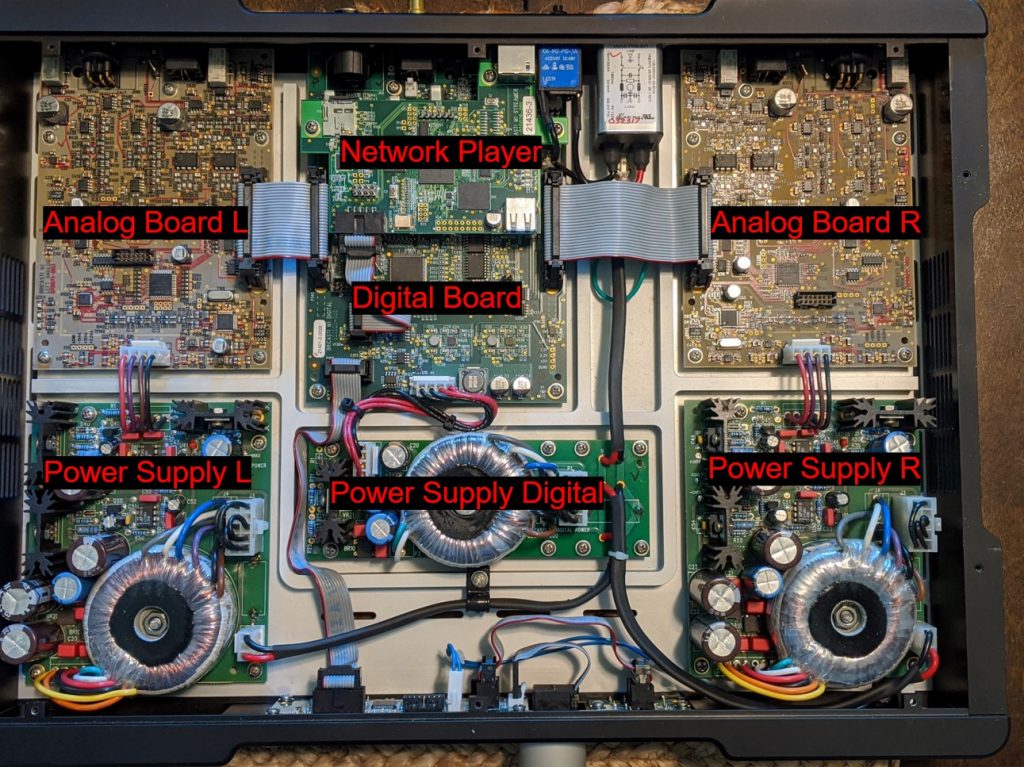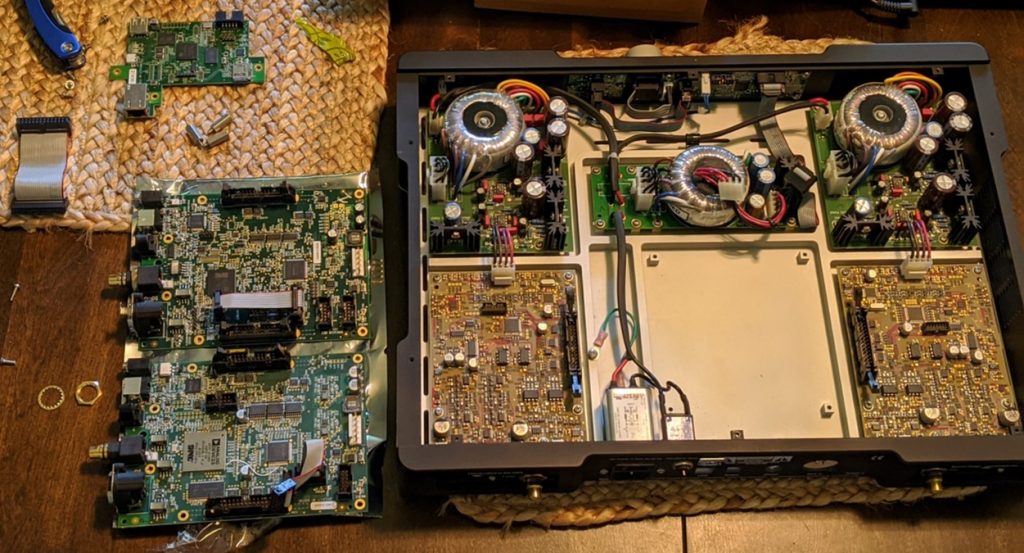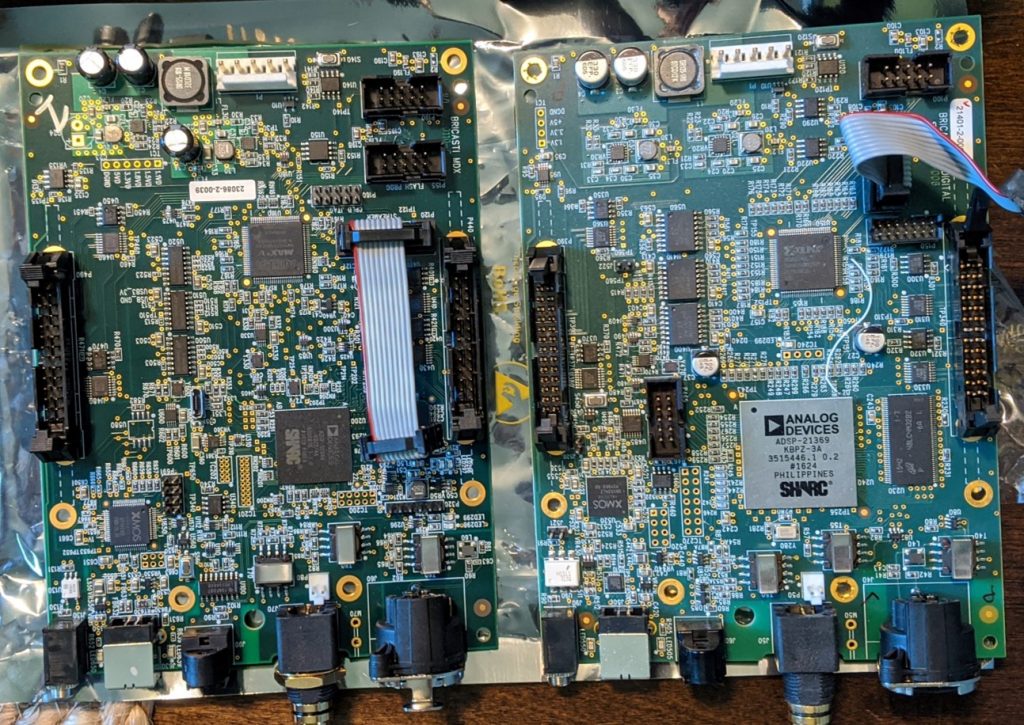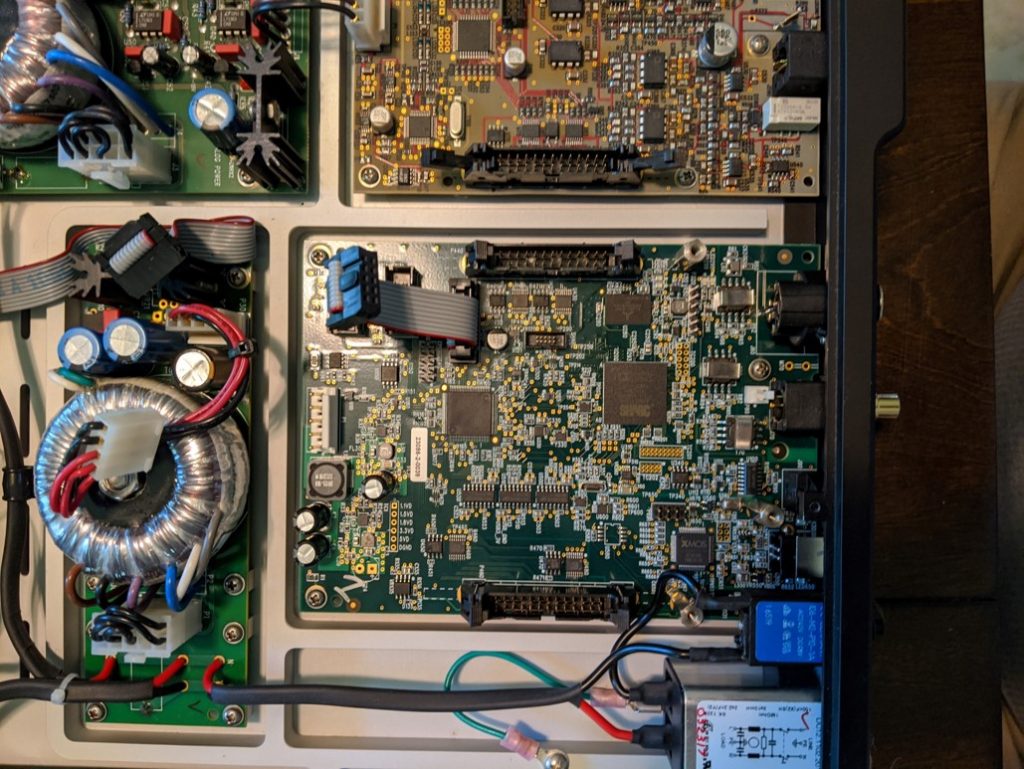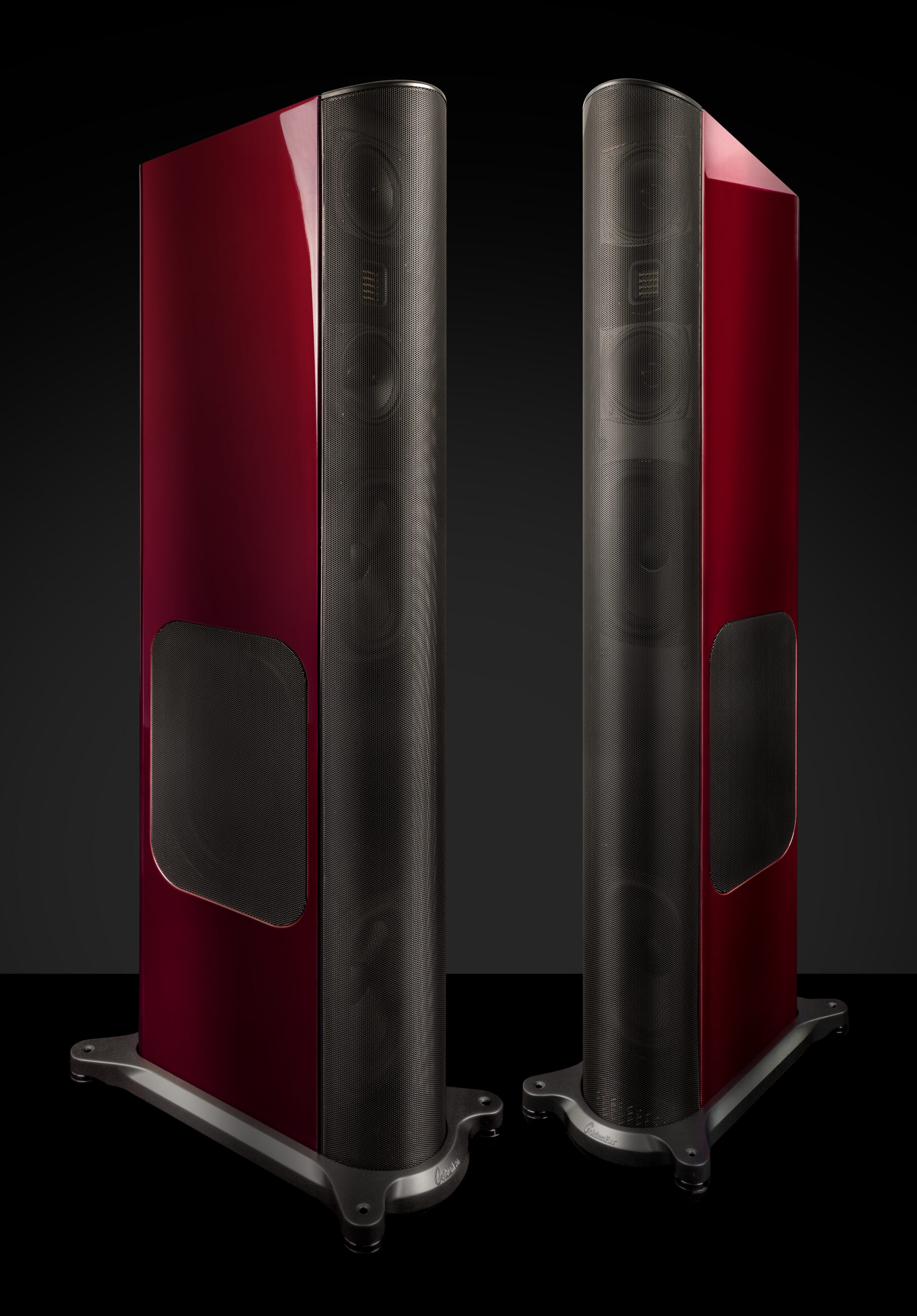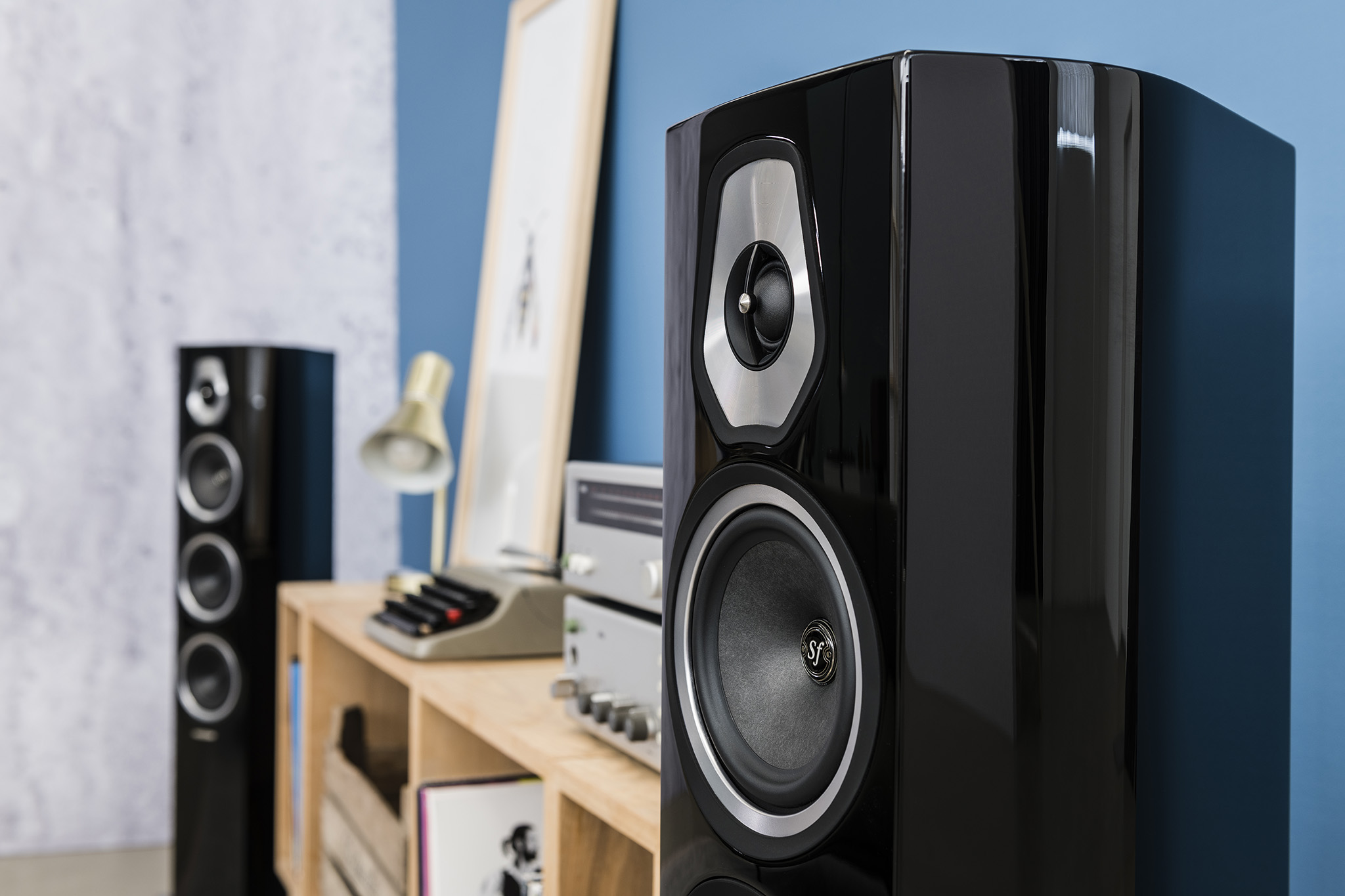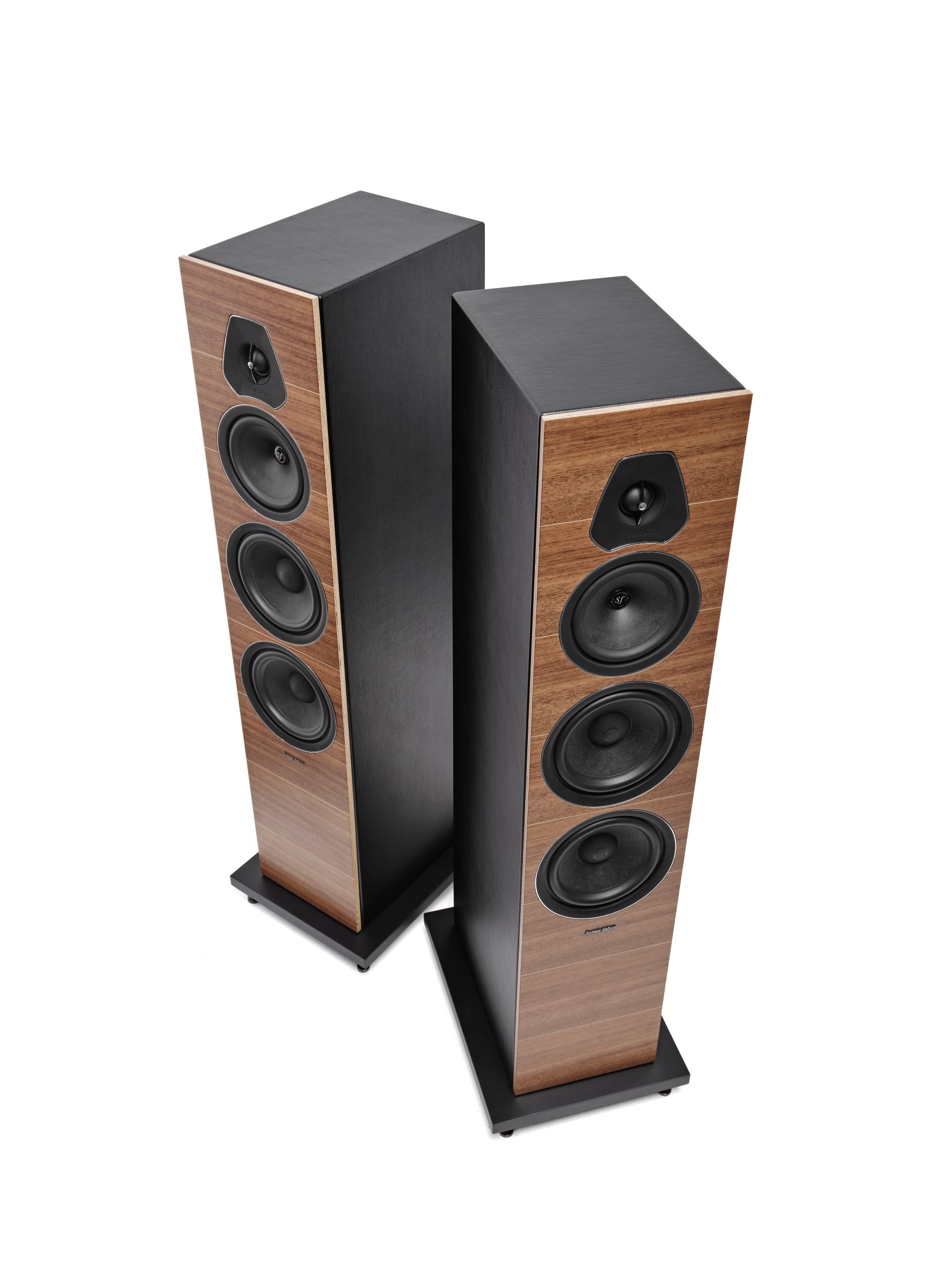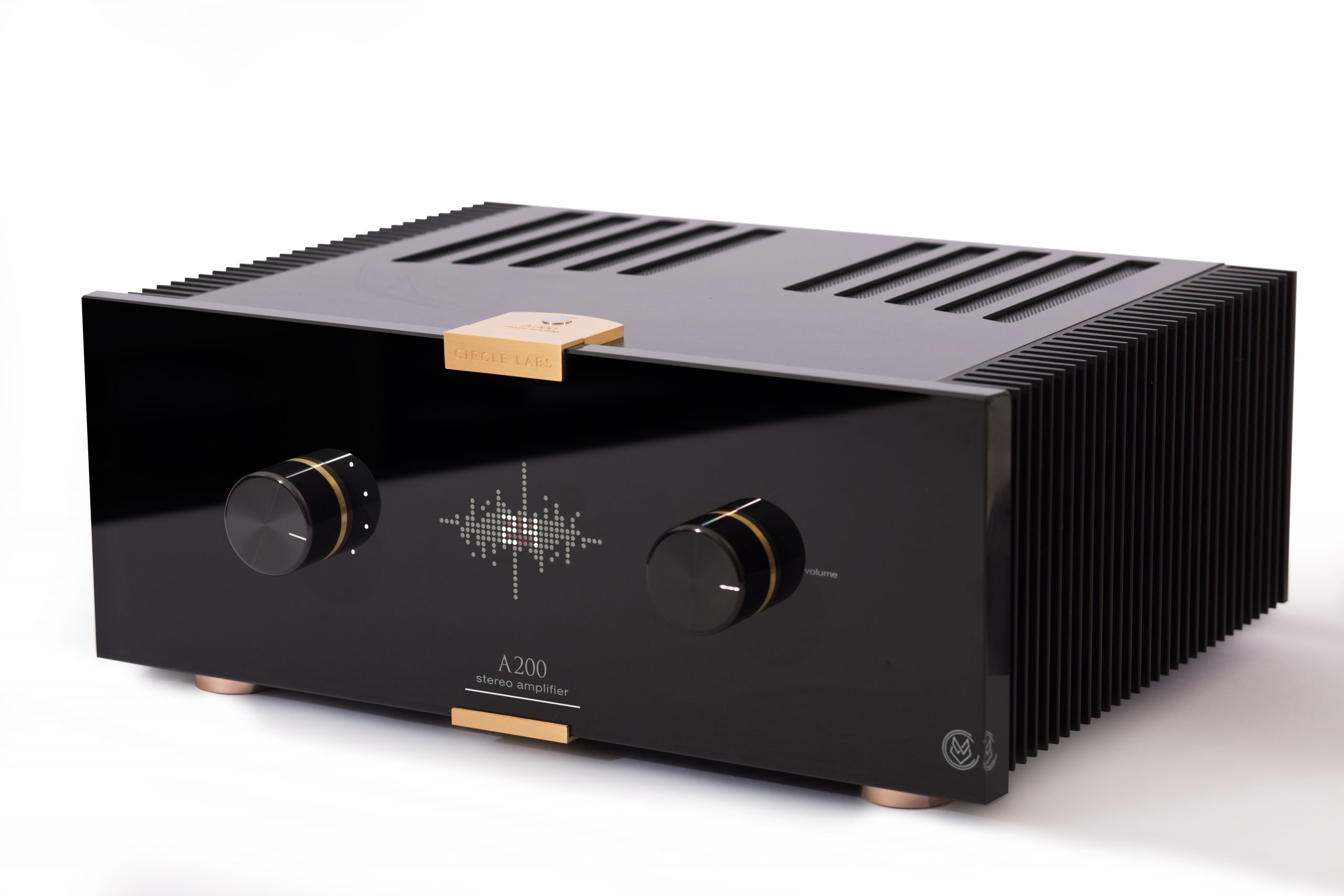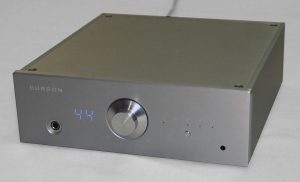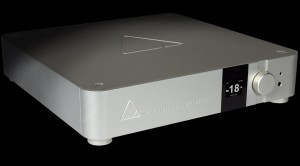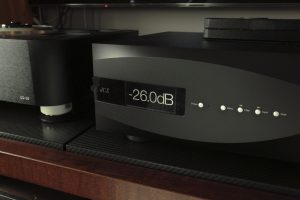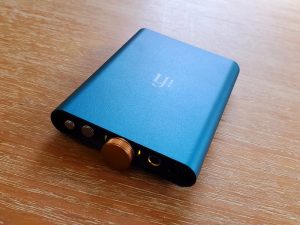Bricasti Design is still keeping their promise of offering future-ready solutions to their existing customers. From my experience, the investment in their award-winning M1 DAC has now paid for itself three times over, thanks to these updates, that are all offered for a reasonable price. The latest update is the most sonically significant in the form of a new digital processing board. Bricasti is calling it the "MDx board."
What is the MDx board?
I noticed the news of the MDx board update for all Bricasti DAC models (M1, M3, M12, and M21)1 a couple of months back, but did not give it much thought. It seemed to be a modernization of functionality, rather than one of sonic improvement, and my M1 was doing everything I needed.
My assumptions were grossly incorrect…The MDx board not only updates Bricasti's products to DSD256 over the USB input (both native and DSP over PCM (DoP)), but it employs the state-of-the-art Analog Devices ADSP-SC584 SHARC, dual-core digital signal processor. According to Bricasti President Brian Zolner, this processor was chosen not only to handle today's audio demands, but the demands for audio well into the future.
The MDx board is the interface for all digital inputs, which get routed to the SHARC processor. A number of operations that are crucial for the highest fidelity sound occur in the SHARC processor. It handles critical tasks like creating the oversampling filters, then performing the oversampling. It also performs other critical processing that is used for clocking and control functions throughout the line of Bricasti DACs.
While bit depth, and DSD sampling rates are plastered all over the specification sheet of a DAC, the working tasks, such as those handled by the SHARC processor, typically mean more to the end result of musical enjoyment. A similar numbers game is found in amplifiers; there are many that will produce a 250-watt output, but not all of them do it well.
Some of these working tasks that occur within the MDx board include converting DoP back to native DSD, control and synchronization of the clocks on the left and right analog boards (which have their own clocking), and buffering the incoming stream of data for re-clocking at the DACs. The buffering and re-clocking is one of the most apparent design upgrades of the MDx board, since it is part of the master clock synchronization throughout the entire piece of equipment. It is notable, too, that the signal paths on the MDx circuit board were further optimized. Optimized signal paths through careful engineering lower distortion.
Timing and synchronization, or the precision to which events happen to the digital information throughout a device, is crucial. Timing errors create distortion called jitter. Jitter is a big contributing factor to the perception that digital products do not sound as "real" as analog products. This perception, which then turned into a stigma, got stuck to digital early in the 1980s when digital was in its infancy. A lot has changed in 40 years, and at the end of the day when I sit to listen, forget all the audiophile mumbo-jumbo, and get lost in the music, I do it with the M1 as my source because the sonic quality exceeds that of the best analog, or at the very least, is equal to it in musical enjoyment for a lot less cost and maintenance.
Take a deep breath analog guys: I have a table... Of course I do! There would be a lot of great sounding music I would miss if I did not. I still collect my vinyl, and in the sub $3000 tier of sources it is very hard to beat many of the budget table/preamp setups available today. Yet this cycles us back to the importance of master clock timing in digital audio devices, and why Bricasti sought to perfect it for their DAC line of products even though the numbers would tell you this was not necessary: If a company wants their digital product to exceed the performance of analog sources, the product must be precise to a degree that eliminates the perceived weaknesses a digital source has.
Instead of forcing their customers to roll through new equipment every couple of years to get the latest and greatest, Bricasti offers the MDx board upgrade for a $1000 USD (plus shipping). The M1 was a hefty investment for me, and buying a new M1 every few years to stay current with the latest digital hub-bub is well beyond my means. I am approaching five years of ownership with the M1 now, and have had three upgrades over the course of time. This experience has made the M1 a very worthwhile, long-term win.
Bricasti Design sits roughly 80 miles north-northwest from my back yard. This has spurred many encounters with Brian through the local audio community over the years, and he has grown to trust my technical abilities. After some discussion, He sent me along an MDx board to install myself. All other MDx updates must be done at Bricasti. This assures the proper installation of the MDx board, and allows Bricasti to give their customer's equipment a thorough check-up. As I began installing the new MDx board in my M1, it occurred to me this would be a great opportunity to share the guts of the M1 with the PF community.
The Surgery
The M1 is modular-built, with a chassis milled from solid aluminum. It is a true dual mono design with separate power supplies, and separate analog boards that house individual DAC chipsets for each channel. There is also a third power supply dedicated to the digital board. The MDx board replaces the digital board. There are quite a few pieces of sensitive electronics that need to be moved around, and installed, for this upgrade.
I made a makeshift grounding strap and attached it to my ankle while I worked on the M1. A grounding strap makes the wearer one with the earth ground of the electrical grid in a building. This provides a path for any electrostatic buildup to dissipate. Most electronics are sensitive to high voltage electrostatic discharges, known as "ESD." ESD events occur at remarkably high voltages, but very low currents. This makes an ESD event hard to perceive at "low" levels that can damage electronics. In other words, there may be an ESD event, but it may not give you that characteristic "ZAP" we get from dragging our feet across a carpet during the winter in fuzzy pajamas, then touching our sibling's earlobe.
How much voltage does it take to feel an ESD discharge? Typically, 2000-3000 volts. Kilo-voltages are not good for electronics that typically operate between 3.3 and 5 volts. The good news is once circuit boards are grounded and nestled in a chassis, there is no more concern of ESD damage to the sensitive electronics contained within.
Dissection was tricky. After letting the unit sit unplugged for 24 hours, which assures there is no residual voltage in the power supplies, I popped the cover off and removed the Network Player. There were a variety of screws and connections. Before long, however, the old digital board was out and sitting on an ESD safe bag next to the new MDx board.
A close-up of the digital board vs. the MDx board makes the physical differences easier to see (MDx left, Digital Board right).
The only thing that was left to do from a mechanical standpoint, is reverse the process of dissection for reassembly. Here is the MDx, nestled into its "forever-home."
The MDx Pays Huge Dividends
We all must be very careful not to fall into the trap of calling different, better. Even worse, we need to remain cognizant of the pit-fall known as equivalent exchange. Equivalent exchange is the frustration where an "upgrade" adds more in one area while causing a reduction in another. I think we hear this often in "remastered" recordings, and feel it in prescription medicine. Real improvement, or to be a true upgrade, is to have a sweeping and significant increase in perceptual enjoyment of the music, without detraction from its previous state. The MDx board in the M1 DAC provides this very definition of an upgrade for me.
From the very first note, everything just got bigger. Soundstage, inner details, control, and dynamics. In fact, the MDx board is significant to a degree where I am rediscovering some of my music, that has not been rediscovered since I first put the M1 in my system. The increased flexibility from native, and DoP DSD256 capability over the USB input is great for selecting "hi-rez" music to own in the future as well.
All Bricasti DAC products shipped after January 1, 2020 have the MDx board. If you do not have a Bricasti DAC product, they are worth saving for, especially since the M3 brings Bricasti's technology to a more reachable price. I always encourage exploring the options at every price-point since we all have different preferences; however, I would be surprised if Bricasti does not earn your business if you are in the market for a superior sounding DAC product.
Bricasti Design
2 Shaker Rd, Bldg. N
Shirley, MA USA 01464
978.425.5199
1 The pricing for each of the Bricasti DAC product offerings are as follows. Please visit Bricasti's website for detailed product information.
M1 - $9000
M1SE - $10,000
M3 - $5500
M12 - $16,000
M21 - $16,000
Network Player Option for the M1, M1SE, and M3 - $1000





